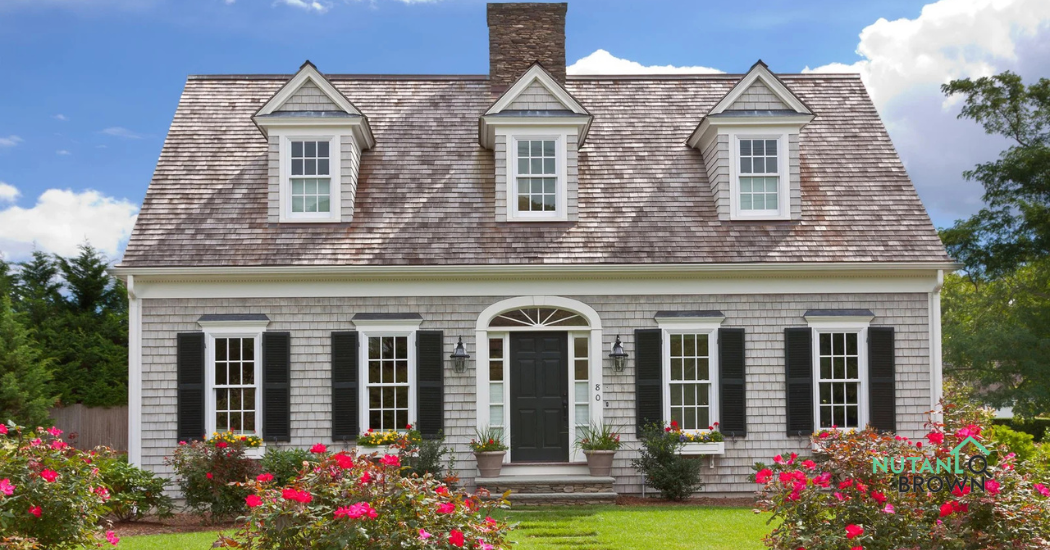
What Is a Century Home?
A century home is generally a property that is at least 100 years old. These homes are often recognized for:· Distinctive architecture: From Victorian mansions to charming farmhouses, each home reflects the style of its era.
· Handcrafted features: Original woodwork, stained-glass windows, and detailed moldings add timeless character.
· Historical significance: Century homes carry stories from the past and often occupy established, mature neighborhoods.
While century homes offer undeniable charm, they may require more maintenance, repairs, and updates than newer builds. Understanding their unique characteristics is essential to determine if this type of home aligns with your lifestyle, budget, and long-term goals.
Investing in a Century Home
Century homes can be incredibly rewarding for the right buyer. But they also come with challenges. Here’s what to consider:Benefits:
· Unique architectural details such as crown molding, hardwood floors, and built-in cabinetry
· Larger lots and mature landscaping, often rare in modern developments
· The prestige and pride of owning a property with historical significance
Challenges:
· Older systems such as plumbing, electrical, or insulation may need updating
· Hidden issues like foundation cracks, outdated building materials, or potential asbestos
· Higher maintenance demands compared to modern homes
· Heritage designations may limit renovations or upgrades
Red Flags to Watch For
When touring a century home, some visible signs may indicate future problems:· Uneven or sagging floors: Could point to structural or foundation issues
· Drafts around windows or doors: Suggests poor insulation or aging window frames
· Cracks in walls or ceilings: Often a sign of settling or structural concerns
· Peeling paint or water stains: May indicate leaks or plumbing problems
· Mildew or musty smells: Could signal moisture issues or hidden mold
· Doors and windows that stick: May be caused by foundation shifts
· Rusty fixtures or corroded pipes: Possible plumbing concerns
· Exterior wear and tear: Check roofing, siding, gutters, and other outside structures